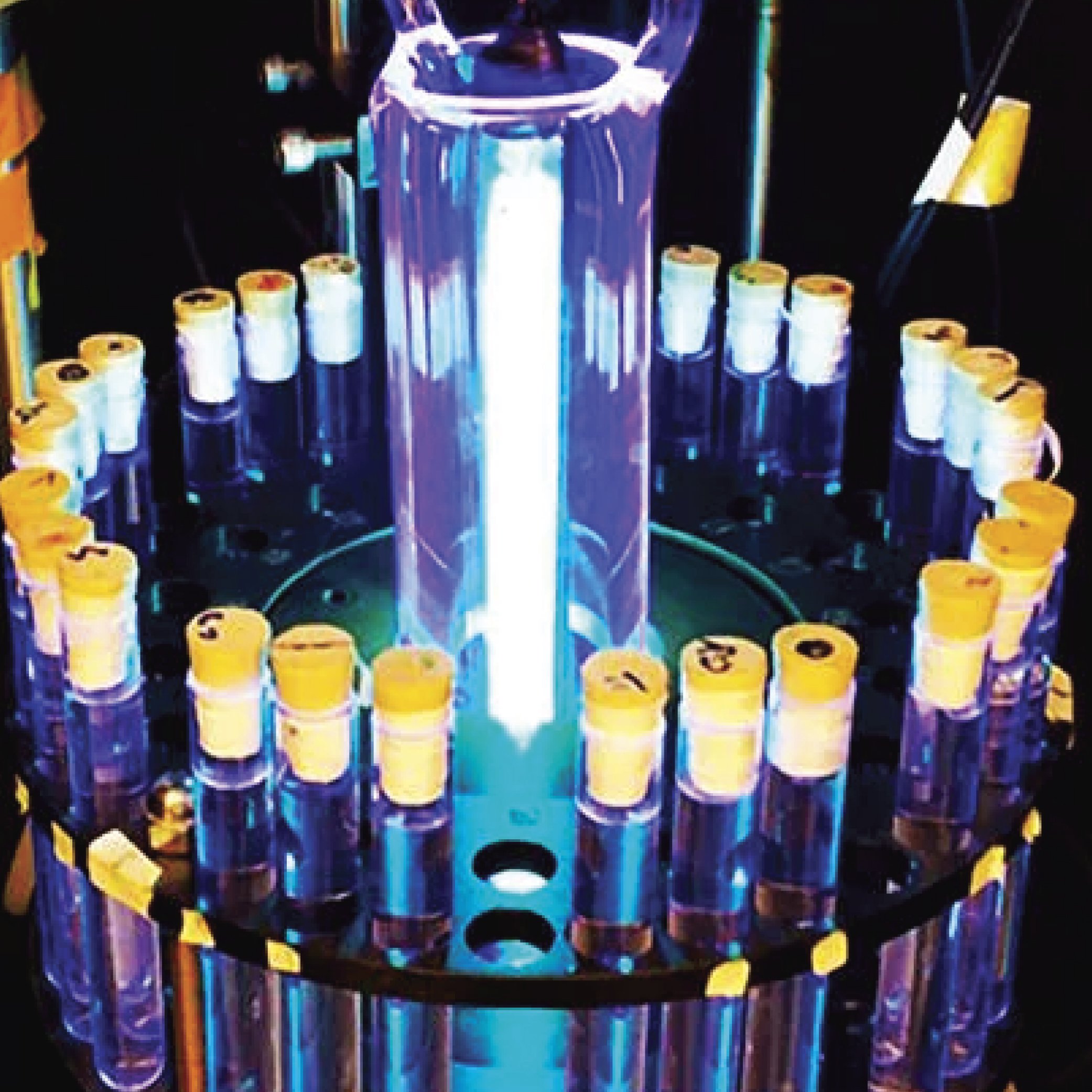
Scientists have developed a new method of rapidly destroying two kinds of toxic "forever chemicals" known as perfluoroalkyl substances (PFAS) that are now ubiquitous in the environment, including waterways that provide us with drinking water.
In a recent study, scientists used hydrogen and ultraviolet light to break down 95% of two kinds of PFAS found in drinking water — perfluorooctanoic acid (PFOA) and perfluorooctanesulfonic acid (PFOS) — in less than an hour.
PFAS chemicals are a group of chemical compounds that are resistant to water, oil and stains. Introduced more than 80 years ago, they are widely used in consumer and industrial products such as non-stick cookware, food packaging, stain-resistant fabrics, carpets, and fire-fighting foam. Since they are resistant to water and heat, they do not break down readily in the environment. As a result, some types of PFAS can accumulate in the environment, becoming more concentrated up the food chain.
PFAS chemicals have been found in rainwater around the world, and in drinking water supplies serving 6 million Americans. Fish, dairy products and meat from animals exposed to PFAS are also sources of these toxic chemicals. PFAS is present in the blood of 97% of the US population, and are known to pose an environmental and human health risk.
Studies of the health impact of PFAS are ongoing, but exposure to these toxic substances has been associated with a wide range of serious health risks, including liver damage, various forms of cancer, decreased fertility, and an increased risk of asthma and thyroid disease. It is also associated with adverse health effects such developmental problems in children, lowered immunity, and high cholesterol levels.
This new method, developed by scientists at the University of California, Riverside (UCR), which uses hydrogen and UV light to eradicate these toxic substances in just 45 minutes, is described in detail in a study which was recently published in the Journal of Hazardous Materials Letters, and presents "a promising platform to treat PFAS-contaminated drinking water sources", according to the authors.
The newly developed technique uses hydrogen supercharged with UV light to destroy the molecular bonds that bind PFAS together. Hydrogen is infused into PFAS contaminated water, which polarizes water molecules and makes them more reactive, while the UV light serves as a catalyst for chemical reactions that weaken the fluoride-to-carbon chemical bonds that bind PFAS and make it so persistent in the environment. When exposed to UV light, these reactions are speeded up, facilitating the rapid breakdown of PFAS into harmless components with no toxic byproducts being formed.
"After the interaction, hydrogen will become water. The advantage of this technology is that it is very sustainable," said Haizhou Liu, an associate professor in UCR's Department of Chemical and Environmental Engineering and the corresponding author of the paper, in a statement.
The method provides an environmentally-friendly cleanup technology that can potentially be used to remove PFAS from water and wastewater.
"We are optimizing it by trying to make this technology versatile for a wide range of PFAS-contaminated source waters," said Liu. "The technology has shown very promising results in the destruction of PFAS in both drinking water and different types of industrial wastewater."
At this point, the research is still in the early stages, but the researchers hope to develop their patent-pending hydrogen-based polarization technique into a commercially viable system that could be incorporated into other water ionization systems to rapidly remove PFAS from various water sources.


![Join Sterlitech at BIO 2024 [Booth #5558]: Exploring the Future of Biotechnology](https://www.sterlitech.com/media/magefan_blog/b4.jpeg)

